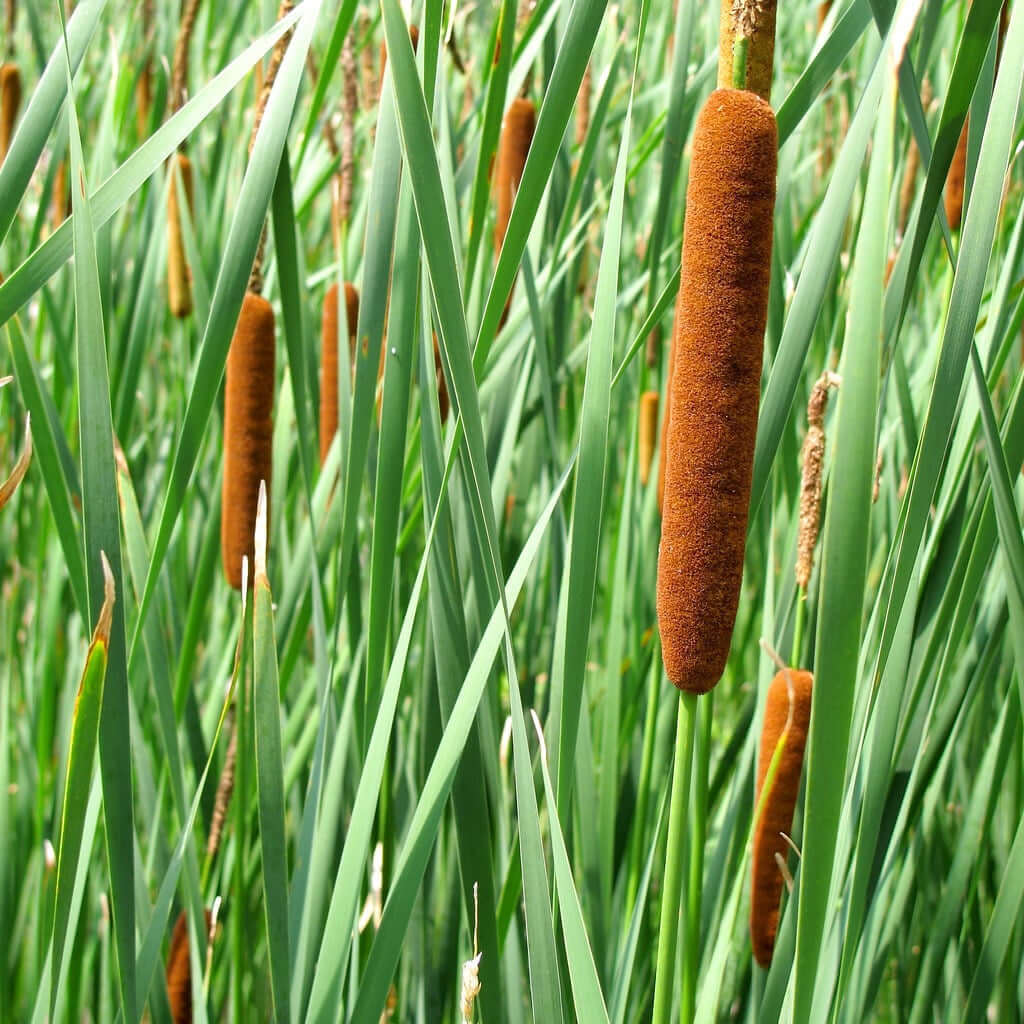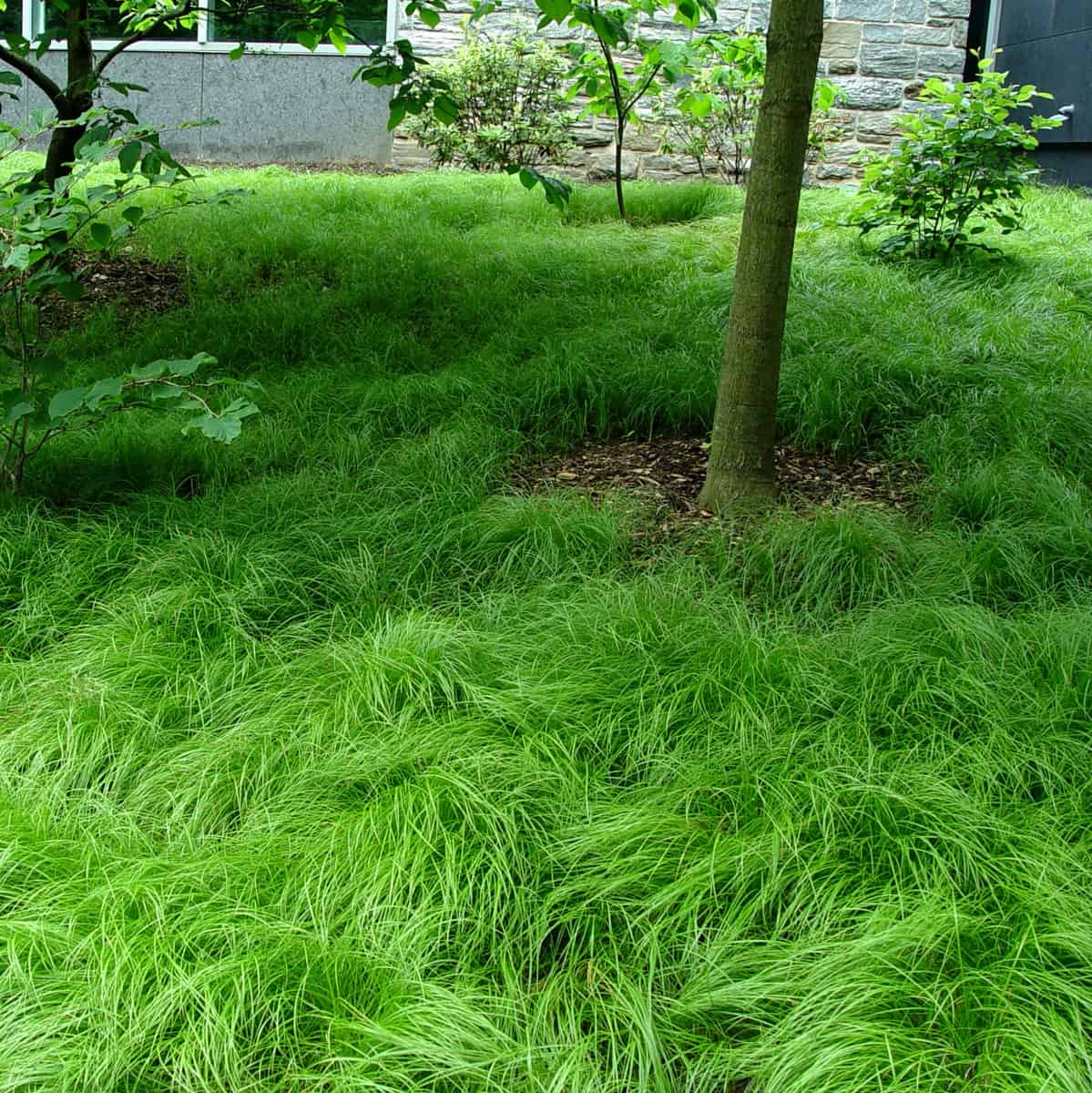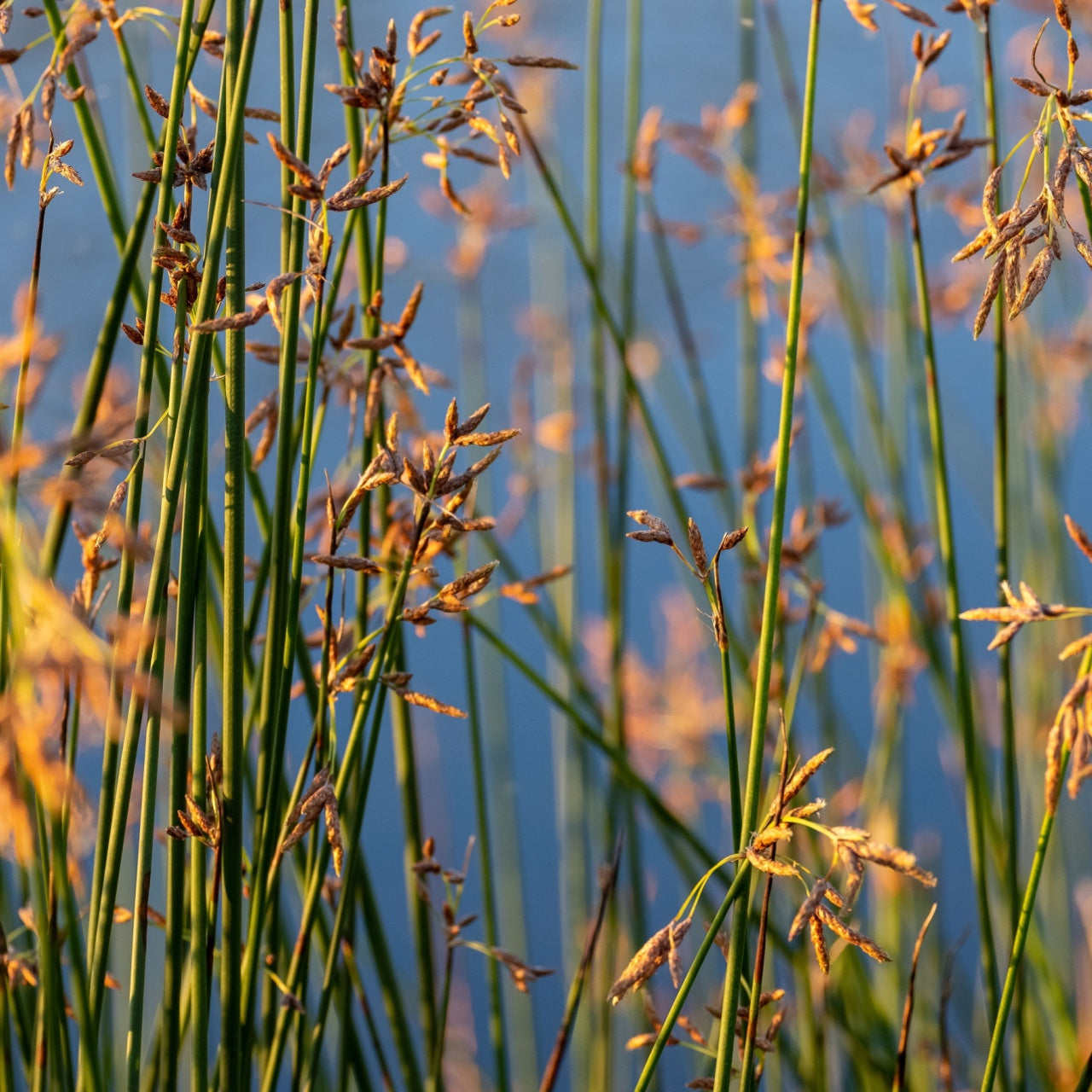What Are Ornamental Grasses?
Ornamental grass is versatile, low-maintenance species that make any yard or garden look beautiful, soft, and lively. These are not the same as lawn grasses, but they’re planted for looks rather than performance. They come in different heights, colors, and shapes to fit any design.
Key Features of Ornamental Grasses
Different Colors:
With feathery spouts and sleek stalks, ornamental grasses come in various textures and shades, from greens and golds to reds and variegated styles.
Seasonal Attraction:
Many ornamentals are year-round performers, with flowering flowers in the spring and summer, dramatic seed heads in the fall, and dramatic shapes in the winter.
Low-Maintenance:
These grasses are drought-tolerant, do not need much fertilization, and grow in many different soils and climates.
Benefits of Adding Ornamental Grasses
Aesthetic Appeal
With their gentle movement in the wind, they add movement to your garden.
Nature attraction
Several species provide forage and shelter for birds and other pollinators.
Eco-friendly Alternative
Once established, ornamental grasses use less water and less chemicals than many other species.
Where to Use Ornamental Grasses
Gardens' ornamental grasses are great for borders, rock gardens, containers, and natural privacy screens. They’re also easy to blend in with perennials, shrubs, or water features.


